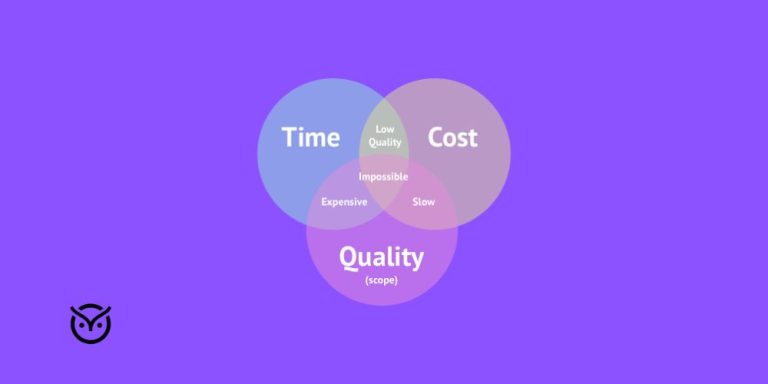Effective Remote Onboarding Strategies for HR Tech

TL;DR
- Effective remote onboarding strategies help to welcome new hires with confidence.
- Strong pre-start steps reduce confusion before day one.
- A structured first week sets the tone for smoother long-term success.
- HR tech tools help personalize tasks and reduce manual work.
Remote work has become normal for many teams, but onboarding still feels confusing for new people joining from home. Some start a role without clear steps. Others wait for hours with no idea who to contact. Missing tools, unclear instructions, and silent first days create early doubt for onboarding employees new to a remote team.
Good systems can fix this. Modern tools help HR teams guide new hires with structure, clear communication, and steady support. This guide explains effective remote onboarding strategies for HR tech, how to plan the first steps, and how to help new workers feel connected even from a distance.
The Foundations of Effective Remote Onboarding
Remote onboarding needs careful planning because new hires cannot walk over to a desk to ask for help. Every part of the experience must be clear. Strong onboarding begins with the following basics:
Clear Communication
New hires want to know what comes next. A simple schedule helps them prepare for their first week.
Consistent Support
Frequent check-ins keep new hires from feeling lost.
Easy Access to Tools
New hires must know where to find files, training modules, and team contacts. When these basics work together, they build Effective Remote Onboarding Strategies for HR Tech that support confidence from day one.
Create a Strong Pre-Start Experience
The onboarding journey starts before day one. Pre-start steps help new hires feel comfortable and ready. Some companies build these steps using digital systems, such as automated onboarding workflows.
Send an Early Welcome Message
A warm message sets a friendly tone. It also shows the team is excited for the new arrival.
Provide All Required Information
This includes login details, meeting links, and equipment instructions. A report shared that new hires who receive clear pre-start information feel more confident on their first day.
Optional Meet-and-Greet Call
A short introduction with the manager helps remove first-day anxiety and nervousness.
Give a Simple Welcome Kit
This can be done by handing over a guide explaining responsibilities, tools, and team contacts.
Build a Structured First Week
A new hire’s first week should feel organized instead of overwhelming. Structure helps people understand their role and their place in the team.
Give a Clear Daily Plan
Daily plans help new hires understand what to expect. This also supports smoother scheduling.
Plan Short Meetings Instead of Long Calls
Short meetings build comfort without draining focus.
Introduce Key Team Members
A short call with teammates helps remove awkwardness and builds trust early.
Share Important Resources
This can include documents, training videos, and access steps for internal systems.
Use HR Tech Tools to Streamline Onboarding
HR tech tools make onboarding smoother by reducing manual work and keeping tasks in one place. These tools help new hires follow steps without confusion. These improvements also align with trends in how AI improves the candidate experience during hiring.
A report stated that digital onboarding significantly improves efficiency, reduces manual tasks, and accelerates time-to-productivity.
Use Checklists That Auto-Update
Digital checklists remind new hires what they have finished and what remains.
Create Automated Task Paths
This keeps everyone on track without the manager needing to send repeated messages.
Use Learning Modules
Modules allow new hires to learn at their own pace.
Provide Easy Access to HR Files
Centralized storage helps new hires find documents without asking for help each time.
These tools also support answers to what tips do you have for onboarding remote workers, because they help reduce confusion and bring order to the early days of remote work.
Clarify Role Expectations Early
Confusions are never caused if the roles are clearly communicated. Several remote challenges occur when tasks are not clear or through mixed instructions.
Clear roles does not cause confusion. Many remote challenges come from unclear tasks or mixed instructions.
A 2023 study noted that workers without clear role expectations are more likely to feel disengaged during the first 90 days.
Daily Tasks Should Be Set
Short lists help new hires understand what matters the most.
Share A Role Guide
This can include responsibilities, team expectations, and communication rules.
Explain How Success Is Measured
Setting clear goals helps to reduce stress and improve performance.
Show How Tasks Fit Into the Bigger Plan
People feel more motivated when they understand how their work supports the team.
Build Social Connection Digitally
Remote work can feel isolating without social interaction. Digital spaces help build connections even across distances.
Create Space for Informal Chat
By creating a friendly message space, the new hires are able to bond with their teammates.
Schedule Casual Introduction
Short social calls help new people feel part of the group.
Encourage Peer Support
Assigning a buddy gives new hires a safe place to ask questions. A 2024 report from Harvard Business Review notes that social connection and belonging are crucial for effective onboarding, adaptation, and retention.
Track Early Performance and Engagement
Tracking early progress helps managers understand how new hires are adapting. It also helps identify where someone may need extra help.
Weekly Check-Ins
Short weekly talks help catch small problems before they grow.
Use Engagement Tools
Tools that collect quick feedback show how new hires feel about the onboarding process.
Adjust Tasks When Needed
If a new hire is overwhelmed, simple adjustments help restore balance.
Conclusion
Remote onboarding works best when it combines clarity, structure, and warm communication. The early stages shape how a new hire views the company. When tasks feel confusing or support is missing, people struggle. When instructions are clear, and tools help guide each step, the experience becomes welcoming.
By planning the first week, using helpful HR tech tools, building social connections, and checking in often, teams show the value of effective remote onboarding strategies for HR tech in real and practical ways.
FAQs
Q1. How many check-ins should a remote new hire receive?
Most teams use one short check-in each week during the first month to answer questions and offer support.
Q2. What should be included in a remote onboarding kit?
A kit should include welcome notes login details role documents access steps for important tools and short guides for early tasks.
Q3. How do you prevent remote new hires from feeling isolated?
Regular social calls buddy systems and active chat spaces help new hires feel connected.
Q4. Is remote onboarding harder than in-person onboarding?
It can feel harder without planning but clear structure and friendly communication make the process smooth.






